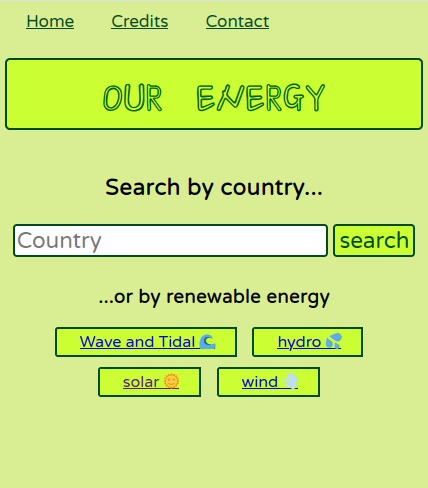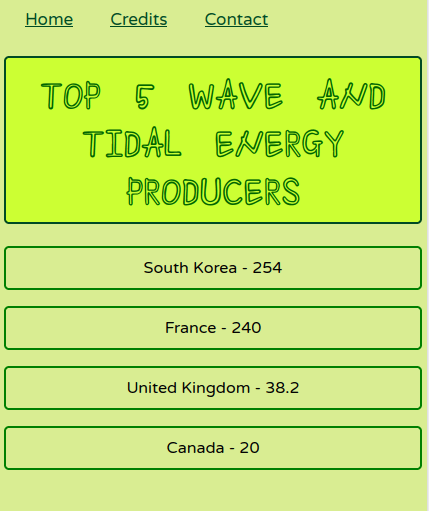Climate Care :earth:
How to contribute
Preparation of the dataset on MongoDB
Environment variables:
export MONGODB_URI='<your connection string to MongoDB'
export GPPDB_PATH='path/to/dataset/csvfile' # Do not write the extension '.csv'
For example my GPPDB_PATH env variable for the file ./data/global_power_plant_database.csv is:
export GPPDB_PATH='./data/global_power_plant_database'
Run Flask app
FLASK_ENV=development FLASK_DEBUG=true FLASK_APP=app flask run
Deploy to production
Create a .env file with the following variables:
export MONGODB_URI='<your mongo uri>'
export SECRET_KEY='<your secret key>'
You can generate a secret key using python:
python -c 'import secrets; print(secrets.token_hex())'
'<your secret key>'
Use waitress as production server:
waitress-serve --call 'app:create_app'





